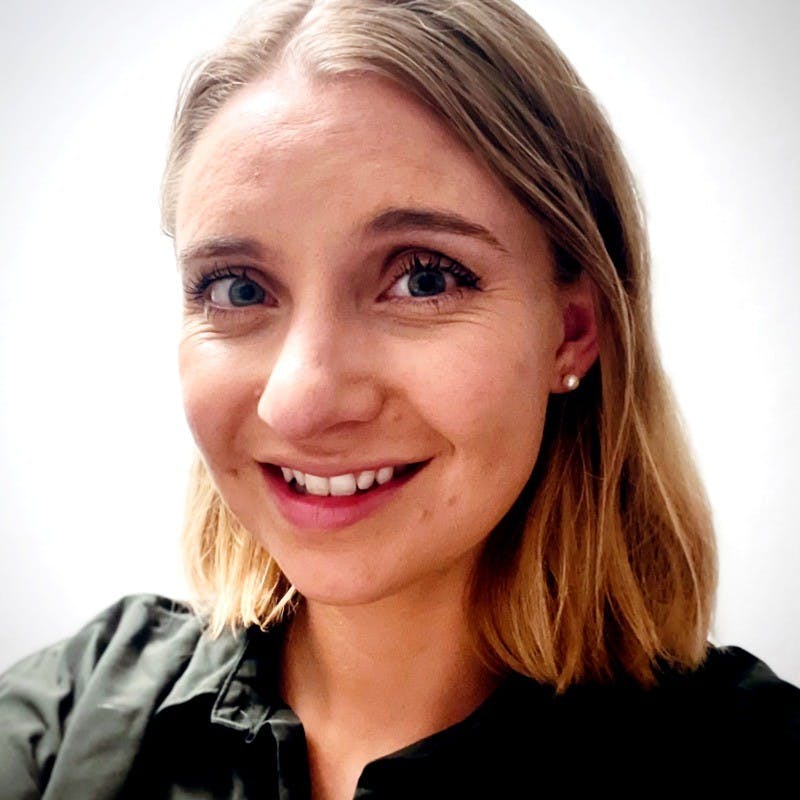Urban Heat Island Mapping Project
Thank you to all the volunteers who helped us map Grand Junctions Urban Heat Island distribution! The data collection was completed on July 20th and 24th by community scientist volunteers and City staff. You can view the Final Report now!
About the Project
The City of Grand Junction was selected by the National Oceanic and Atmospheric Administration (NOAA) to participate in their initiative to map urban heat islands (UHI). The City is working with NOAA and Climate, Adaptation, Planning, and Analytics (CAPA) Strategies to conduct the Heat Watch mapping event over a period of one day in the summer of 2024.
What are Urban Heat Islands (UHI)?
Urban heat islands are developed areas that experience higher temperatures than their surroundings. Buildings, roadways, and other infrastructure absorb and re-emit the sun's heat. When these man-made structures are highly concentrated and there is limited greenery, pockets of heat form to create the heat island effect. In these "islands," temperatures can be up to 20 degrees Fahrenheit hotter than surrounding areas. Cooling down our city can involve a variety of actions, such as adding more trees for shade; creating water-wise green spaces; opening more public air-conditioned spaces; removing or whitewashing large areas of black asphalt or dark roof surfaces (low albedo surfaces); and engaging in urban design to increase natural airflow through hot neighborhoods. For more information on how other community scientists have engaged in mapping urban heat islands and cooling down their cities, visit CAPA Heat Watch.
Community Scientist Volunteers
Community scientist volunteers hit the streets of Grand Junction to collect data about the distribution of heat using specially designed sensors mounted on moving vehicles. The volunteers drove prescribed routes to record ambient temperatures and humidity during three specific times during the day. As heat waves increase in frequency, duration, and magnitude, engaging with our community in collaborative science efforts like this will help connect them with proactive actions.
The mapping day occurred on July 20th. Due to some unfortunately timed rain, the afternoon data was unusable. However, just a few days later, City staff banded together to finish the mapping so we could send off our data as quickly as possible for analysis. About 8-12 weeks after the mapping day, CAPA and NOAA will send the City a report that contains the results of their analysis. We will share the results with the public and other organizations in the community who are working to mitigate the effects of extreme heat in Grand Junction.
The map below shows the locations that were chosen for NOAA's 2024 Urban Heat Island Mapping Campaigns.




